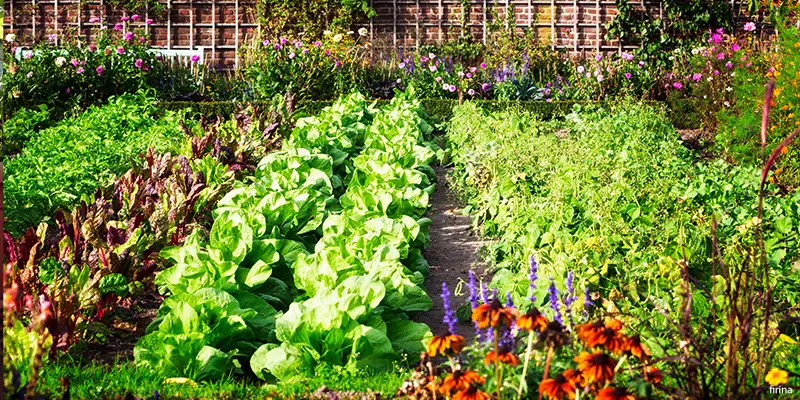
As the last vestiges of winter melt away and the promise of spring hangs in the air, March is an exciting time for gardeners. With warmer days ahead and the chance of frost diminishing, it’s the perfect opportunity to start preparing your garden for the growing season ahead. Here are some essential tasks to tackle in your garden and yard this March:
1. Soil Preparation: Before planting any new crops or flowers, take the time to assess and prepare your soil. Remove any debris or weeds that may have accumulated over the winter months. Incorporate organic matter such as compost or aged manure to improve soil structure and fertility. This will provide a nutrient-rich foundation for your plants to thrive.
2. Start Seeds Indoors: March is an ideal time to start seeds indoors for vegetables and annual flowers. Set up a dedicated space with adequate light and warmth to encourage healthy seedling growth. Some crops to consider starting indoors this month include tomatoes, peppers, eggplants, and marigolds. Follow seed packet instructions for optimal planting depth and spacing.
3. Direct Sowing: For cold-hardy vegetables and herbs, March offers the opportunity to sow seeds directly into the ground. Cool-season crops such as lettuce, spinach, kale, radishes, and peas can be planted outdoors as soon as the soil is workable. Keep an eye on the weather forecast and be prepared to protect tender seedlings from late frosts with row covers or cloches. A garden cloche is a simple structure that acts like a miniature greenhouse, that can give you an edge when temperatures and conditions aren’t exactly in your favor. You can reuse plastic milk jugs and the like or you can purchase them at your local garden supply store or online.
4. Pruning and Maintenance: Take advantage of the dormant period to prune trees, shrubs, and woody perennials before new growth emerges. Remove dead or damaged branches to encourage healthy growth and improve the overall appearance of your landscape. Inspect garden tools and equipment, sharpening blades and replacing any worn-out parts as needed.
5. Divide Perennials: March is an excellent time to divide overcrowded perennial plants such as hostas, daylilies, and ornamental grasses. Carefully dig up the clump, separating it into smaller sections with healthy roots and shoots. Replant divisions in well-amended soil, spacing them appropriately to allow for future growth.
6. Weed Control: Stay on top of weed management early in the season to prevent them from overtaking your garden beds. Hand-pull weeds when the soil is moist, making sure to remove roots to prevent regrowth. Consider applying a layer of mulch to suppress weed growth and conserve soil moisture.
7. Monitor Watering Needs: As temperatures begin to rise, pay attention to the moisture levels in your garden beds and containers. Water newly planted seeds and transplants as needed to keep the soil consistently moist but not waterlogged. Adjust irrigation schedules based on weather conditions, increasing frequency as the weather warms up.
8. Plan and Dream: Take some time to envision your garden’s layout and design for the upcoming season. Browse seed catalogs, garden magazines, and online resources for inspiration. Consider incorporating new plants, colors, and textures to add interest and diversity to your landscape.
Conclusion:
By staying proactive and tackling these tasks in March, Denver metro area gardeners can set the stage for a successful and bountiful growing season ahead. With careful planning and attention to detail, your garden will soon burst into vibrant life, bringing joy and beauty to your outdoor space. Happy gardening!
